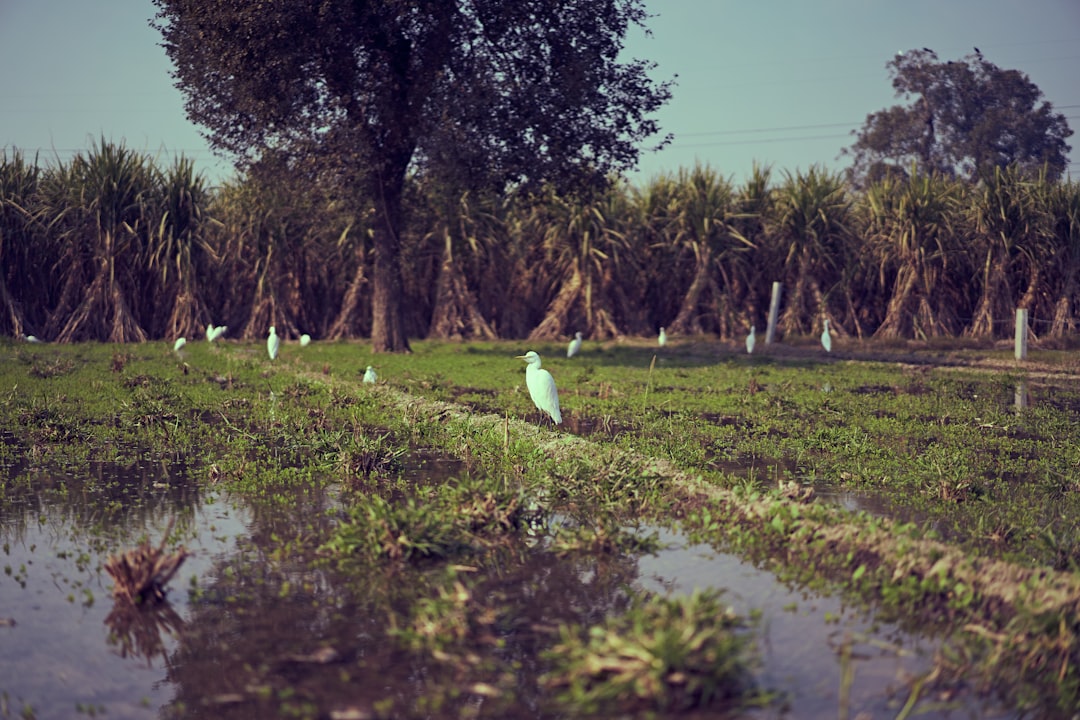What is it about?
Mode nature influences both elastic post-buckling and 1st order post-yielding. Mode nature (local, distortional, global) affects the capacity of beams after yielding. The higher the L+D mode participation, the higher the post-yielding strength. The higher the G mode participation, the lower the post-yielding strength. Strength should be credited to both elastic post-buckling and plastic post-yielding.
Featured Image
Why is it important?
This paper presents a study on the influence of the deformation mode nature (global, local, distortional) on the load carrying capacity of beams beyond the yield load. Following recent investigations on the decomposition of elastic buckling modes into combinations of structurally meaningful deformation modes, this work applies the same concept to the 1st order failure modes (elastic-plastic collapse mechanisms). To achieve this goal, a GBT-based code that performs first-order elastic-plastic analyses of thin-walled members is employed. In order to study the influence of the mode nature on the post-yielding strength, five beams with different cross-sections, lengths, supports and loadings are analysed, and the results displayed by means of load-deflection curves, failure mode configurations and modal participation diagrams. On the basis of the limited study performed, it is concluded that larger contributions of local and distortional modes to the beam failure mode lead to a higher post-yielding strength reserve, which implies a higher beam load carrying capacity beyond the yield load. The opposite occurs for the contributions of global modes. Therefore, the member strength reserve obtained in geometrically non-linear analysis should not be credited only to the elastic post-buckling effects, but also to the plastic post-yielding effects.
Read the Original
This page is a summary of: Influence of the deformation mode nature on the 1st order post-yielding strength of thin-walled beams, Thin-Walled Structures, October 2017, Elsevier,
DOI: 10.1016/j.tws.2017.09.027.
You can read the full text:
Contributors
Be the first to contribute to this page










